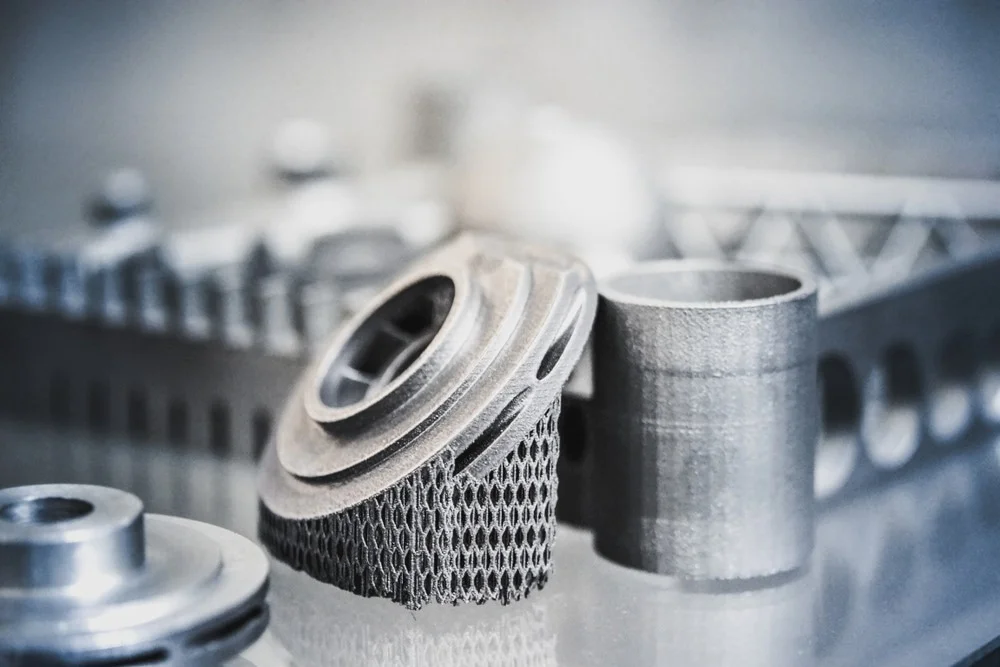ISO 14627 High Temperature Creep Testing of Ceramics
The ISO 14627 standard provides a comprehensive approach to the high-temperature creep testing of ceramics, which is critical for ensuring reliable performance in extreme environments. This service plays a pivotal role in assessing the long-term mechanical stability and durability of ceramic materials under stress at elevated temperatures.
Ceramics used in applications such as aerospace engines, gas turbines, and structural components must withstand high thermal stresses without deforming or failing. The ISO 14627 standard specifies procedures to measure creep behavior, which is the time-dependent deformation that occurs when a material is subjected to constant tensile stress at elevated temperatures.
The testing process involves subjecting ceramic specimens to controlled temperature and load conditions for extended periods, allowing the creep response of the material to be observed. This data is essential for predicting the service life and reliability of ceramic components in various industrial applications.
Our laboratory adheres strictly to ISO 14627 guidelines, ensuring accurate and reliable results that are crucial for regulatory compliance and quality assurance. The precision and repeatability of our testing methods make us a trusted partner for industries relying on high-performance ceramics.
Scope and Methodology: The test involves the following steps:
- Cleaning and conditioning of ceramic specimens to remove contaminants that could affect the results.
- Preparation of the test setup, including the application of a specified load and temperature conditions.
- Observation of specimen deformation over time using high-precision displacement measurement systems.
- Data collection and analysis to determine creep strain rates and stress-temperature relationships.
Scope and Methodology Table:
| Step | Action | Objective |
|---|---|---|
| Cleaning and Conditioning | Remove contaminants from specimens. | Achieve consistent baseline conditions for testing. |
| Preparation | Apply specified load and temperature. | Ensure uniform stress and thermal environment. |
| Measurement | Monitor specimen deformation with precision instruments. | Accurately capture creep behavior over time. |
| Data Analysis | Analyze collected data to determine creep rates and relationships. | Evaluate material performance under stress at elevated temperatures. |
The results of ISO 14627 testing are used in several key applications:
- Development of new ceramic materials with enhanced high-temperature stability.
- Quality control and assurance for manufacturing processes.
- Prediction of service life and reliability in extreme environments.
The detailed nature of the ISO 14627 standard ensures that our testing results are both accurate and internationally recognized, providing a robust foundation for decision-making across various industries.
Scope and Methodology
The scope of the ISO 14627 standard encompasses the high-temperature creep testing procedures for ceramics. This includes detailed specifications on specimen preparation, test setup, and data analysis to ensure consistent and reliable results.
Specimen Preparation: Prior to testing, specimens must be cleaned thoroughly using appropriate solvents or mechanical means to eliminate any surface contaminants that could interfere with the accuracy of the test. The specimens should also be conditioned to reach a stable temperature before loading.
Test Setup: The setup involves applying a specified load and maintaining a constant temperature within the test chamber. The load is applied gradually to ensure uniform stress distribution across the specimen. Temperature control is critical, as it directly affects the creep behavior of ceramics.
Data Collection: Continuous monitoring of the specimen's displacement using high-precision instruments allows for real-time assessment of creep strain rates. This data is crucial for understanding how the material behaves under prolonged stress at elevated temperatures.
Benefits
- Enhanced Material Reliability: Accurate testing ensures that ceramic components can withstand harsh conditions without failure.
- Regulatory Compliance: Results meet or exceed the requirements set by international standards like ISO 14627.
- Risk Mitigation: Early identification of potential material weaknesses reduces the risk of catastrophic failures in critical applications.
- Cost Efficiency: By identifying issues early, companies can avoid costly rework and downtime associated with failed components.
- Innovation Support: The insights gained from testing help developers create more durable and reliable ceramic materials for future applications.
- Quality Assurance: Consistent results provide a benchmark against which manufacturing processes can be optimized.
The benefits of adhering to ISO 14627 standards are manifold, contributing significantly to the longevity and performance of high-temperature ceramics in industrial environments.
Eurolab Advantages
At Eurolab, we offer unparalleled expertise and state-of-the-art facilities for ISO 14627 high-temperature creep testing of ceramics. Our experienced team of engineers and technicians ensures that every test is conducted to the highest standards.
- Accreditation: Our laboratory is accredited by international bodies, ensuring the reliability and accuracy of our results.
- Custom Solutions: We offer tailored testing solutions to meet specific client needs, whether for R&D or quality control purposes.
- Comprehensive Reporting: Detailed reports are provided with all test data, analysis, and recommendations for material improvement.
- Client Support: Our dedicated customer service team is always available to assist with inquiries and support.
Choose Eurolab for your high-temperature creep testing needs, where precision meets reliability.





